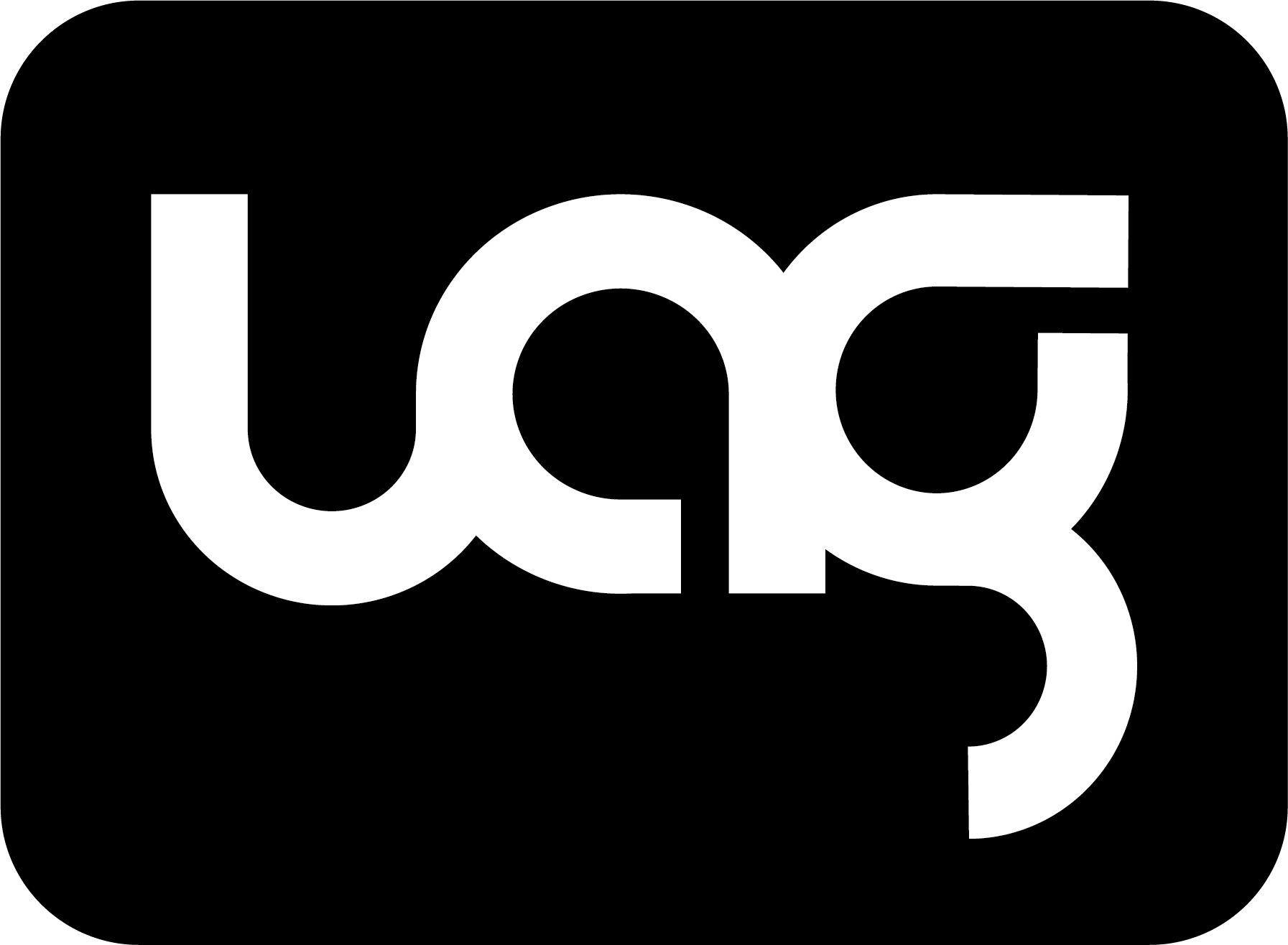The energy sector has retreated markedly from its highs in the first days of March but remains a hot topic for markets.
Europes gas market survived several bouts of fear that it would be without Russian gas. However, we only saw a fourfold increase in value in the first half of the month, followed by stabilisation at high, but not extreme, levels. At the beginning of the last week of March, the price was supported by a fall to EUR 1000 per thousand cubic metres compared to a peak of EUR 3400.
This price dynamic clearly showed that the markets did not price for a gas disaster. The current gas payment scheme looks like a nice political compromise. Europe is paying for gas in euros and dollars as negotiated, and Russia is getting roubles for gas as it wanted. The net economic effect of such rearrangements is close to zero. Also, these measures are not binding for LNG exports and settlements with Japan. Besides, there is a caveat that a special commission may allow receiving currency in payment for gas. An additional calculation here is that new contracts will always include clauses about alternative payment methods, but they have little effect on the price.
Nevertheless, the general upward trend in gas and oil prices is still in place. Spot gas prices in Europe are now six times higher than a year ago and two years ago in March. This does not mean a sixfold increase in prices for final consumers, as most supplies are under longterm contracts. Therefore, what we see in…


